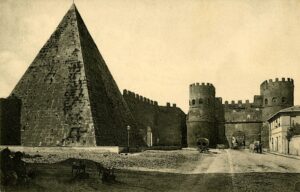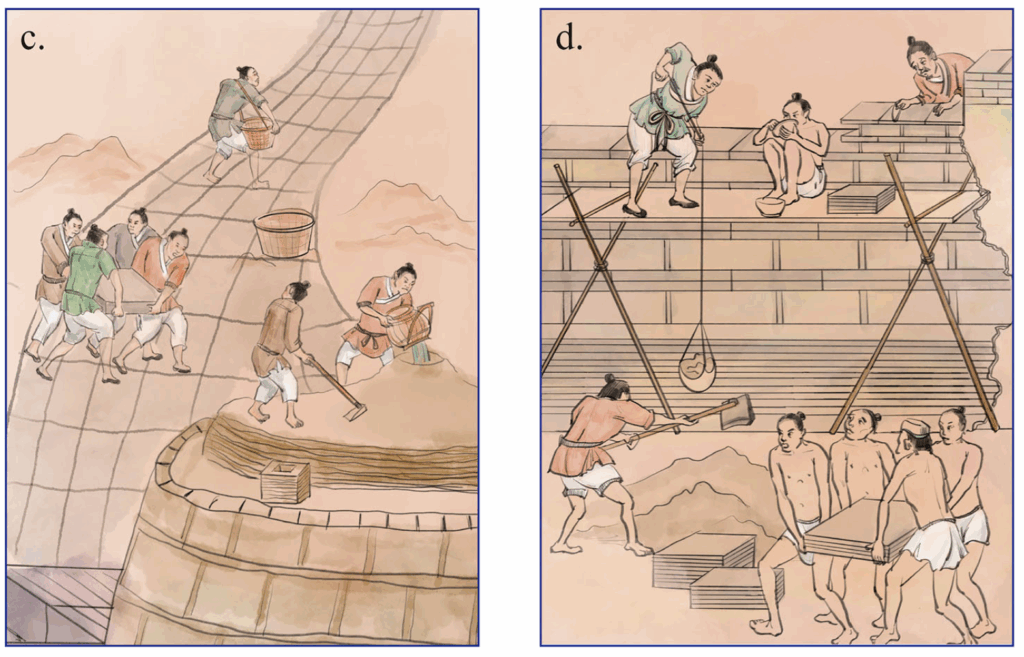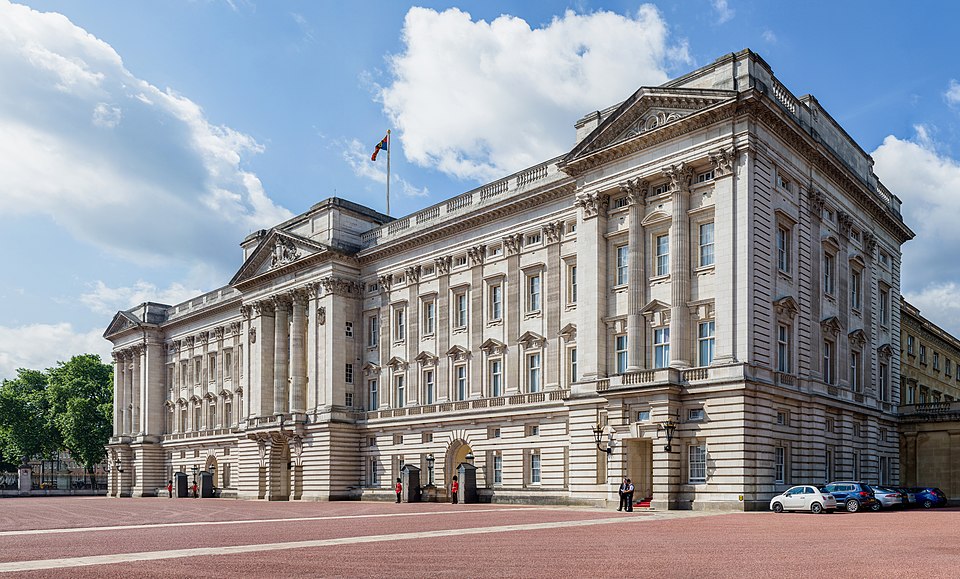The NFPA 909 on Museums, Libraries and Places of Worship
The NFPA 909 standard, published in 2021, provides guidelines for the protection of cultural resources during fire events. Some key contents of the code are the Scope and Application section, that specifies that the standard applies to all cultural resources, including museums, libraries, archives, historical buildings, and other collections. It provides guidance on how to identify, assess, and protect Cultural resources from fire hazards.
The code defines key terms related to cultural resources, such as “cultural resource,” “fire-resistant storage,” and “preservation area” and outlines a process for assessing the risk of fire to cultural resources, including identifying potential ignition sources, evaluating the fire resistance of storage materials, and determining the likelihood of damage from a fire event.

Then, the NFPA 909 provides guidance on how to implement fire safety measures to protect cultural resources. This includes recommendations for fire suppression systems, smoke detection and alarm systems, and emergency response planning. The code offers guidelines for the proper storage and handling of cultural resources to minimize the risk of fire damage. This includes storing materials in fire-resistant containers, using acid-free materials for packing and storing, and avoiding exposure to direct sunlight or moisture.
Finally, the standard provides recommendations for:
- developing an emergency response plan for cultural resources, including identifying key personnel, establishing evacuation procedures, and coordinating with local fire departments.
- training and drills, emphasizing the importance of training staff on fire safety procedures and conducting regular drills to ensure preparedness in case of a fire event.
- inspections and testing, providing guidelines for inspecting and testing cultural resources to identify potential fire hazards, such as overheating or electrical malfunctions.
- documentation and records stressing the importance of maintaining accurate records of cultural resource inventory, condition assessments, and fire safety measures.
- compliance and enforcement, providing guidelines for compliance with fire safety regulations and enforcement procedures for non-compliance.
According to the 909 code, libraries, museums, and places of worship housed in historic structures have also to comply with the requirements of NFPA 914 (Code for Fire Protection of Historic Structures).






